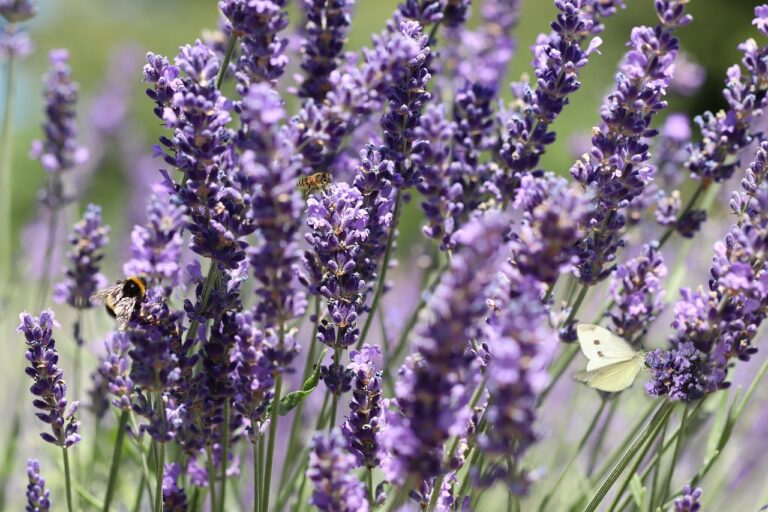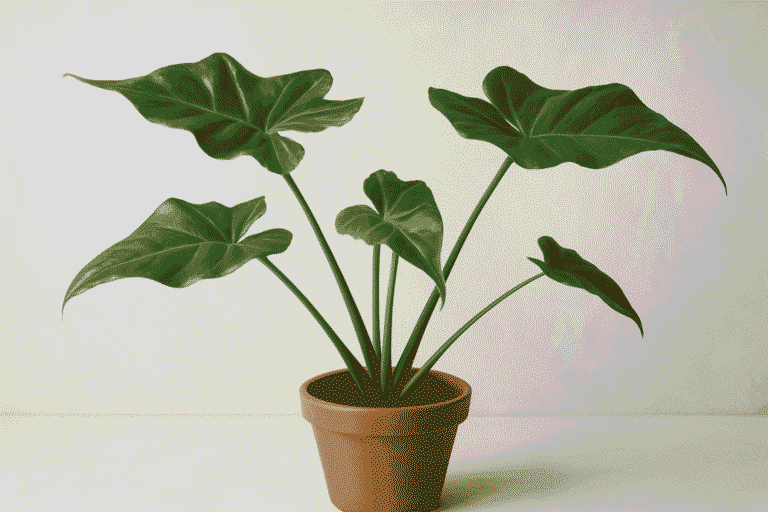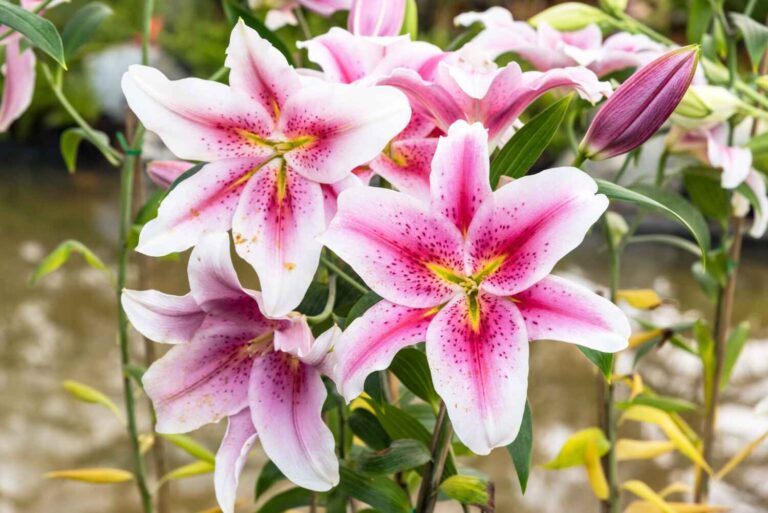How to grow corn?
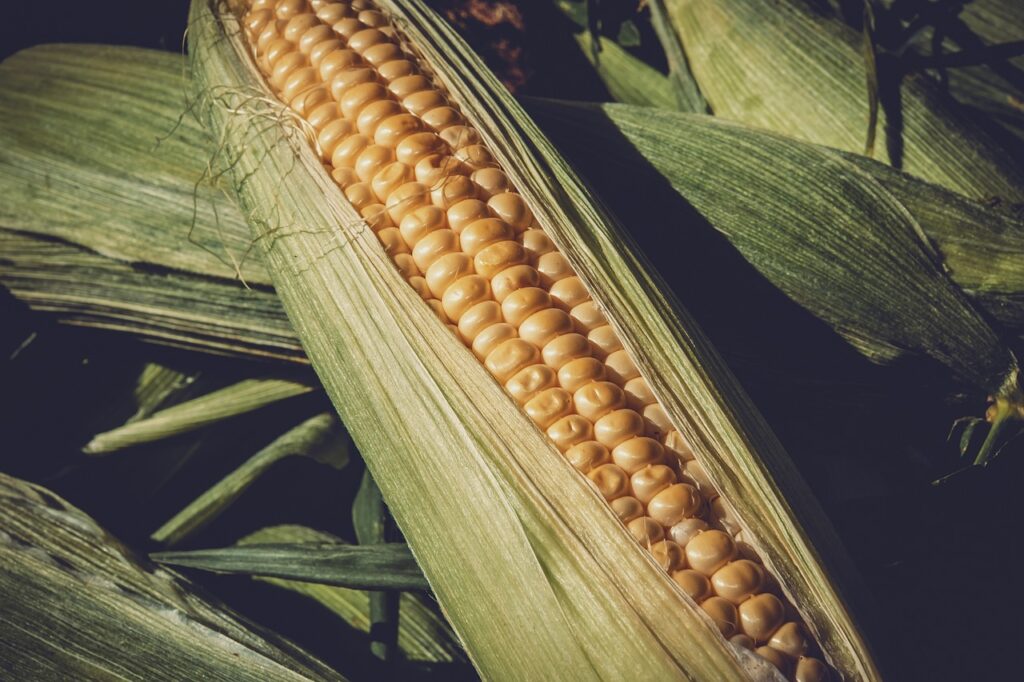
Corn is one of the most rewarding crops to grow in your garden. With its tall green stalks and delicious golden kernels, it’s not just a staple in many diets but also a fun and easy plant to cultivate. Whether you’re a seasoned gardener or just starting out, learning how to grow corn can bring you closer to fresh, homegrown produce.
In this guide, we’ll walk you through the essentials of growing corn, from picking the right variety to planting, caring for your crop, and harvesting those sweet, juicy ears. You’ll discover the best tips for soil preparation, watering, fertilizing, and protecting your corn from pests.
Corn thrives in warm weather and rich soil, making it a summer favorite in gardens everywhere. With the right techniques and a little patience, you can enjoy your very own supply of corn, perfect for grilling, boiling, or even making popcorn.
Whether you have a small backyard or a larger plot, growing corn is a rewarding experience that adds beauty to your garden and healthy food to your table. Let’s dig in and learn how to grow this incredible crop step by step!
How to grow corn at home?

Ever wondered how to grow corn right in your own backyard? It’s easier than you might think! Corn is a fantastic crop to grow at home, providing fresh, sweet ears that are far tastier than anything you can buy at the store. Plus, watching those tall, green stalks grow is incredibly satisfying.
To grow corn at home, all you need is a sunny spot, nutrient-rich soil, and a bit of care. Corn loves warmth, so it’s best to plant it after the last frost when the soil is nice and warm. Make sure to plant it in blocks rather than single rows—this helps with pollination and ensures you get big, healthy ears.
Watering consistently and adding compost or fertilizer will help your corn thrive. You’ll also want to keep an eye out for weeds and pests to protect your plants. Within a few months, you’ll be enjoying the delicious fruits of your labor!
Growing corn at home is not just about fresh produce; it’s a rewarding hobby that connects you with nature. Follow these simple steps, and you’ll be harvesting your very own homegrown corn in no time!
Corn seed
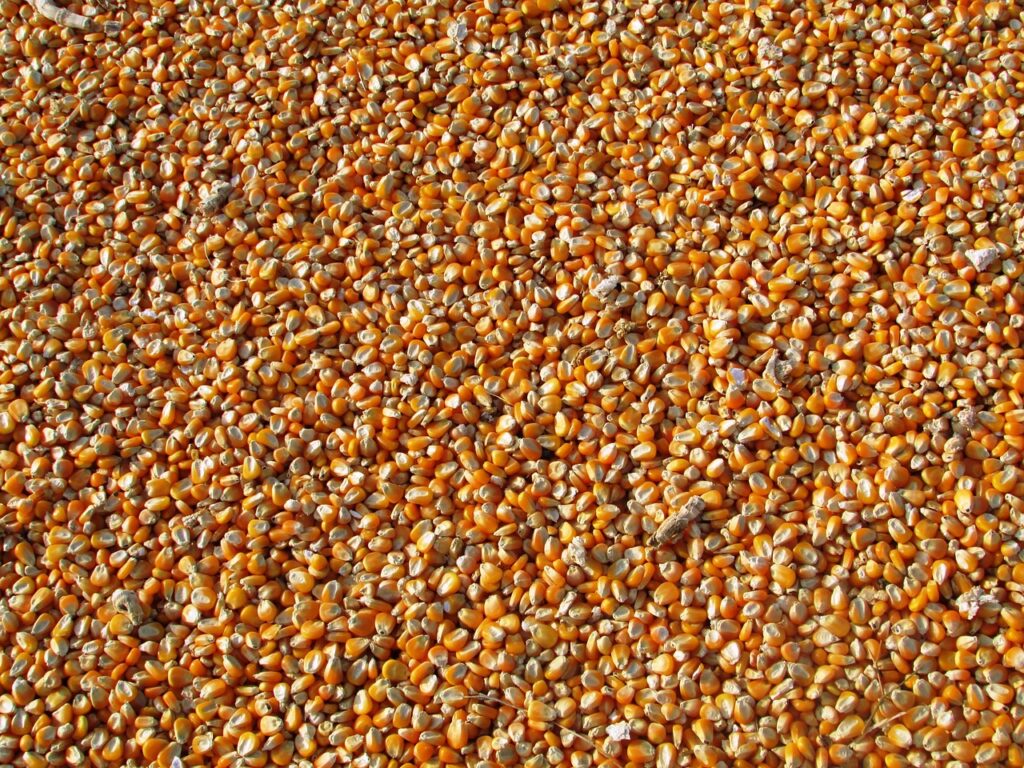
Corn seed is the beginning of a fruitful journey when growing one of the world’s most popular crops. Whether a home gardener or a farming enthusiast, knowing the basics about corn seeds will help make better decisions and enjoy successful harvesting.
Corn seeds come in several types that are each used for different purposes. There is sweet corn seed for fresh eating, popcorn seed to grow your own popping corn, and field or dent corn seeds for animal feed, cornmeal, or industrial purposes. Then there’s flour corn for baking and flint corn with colorful, hard kernels often used for decorative displays.
When selecting corn seed, consider your growing conditions and goals. Some seeds are developed for short growing seasons, while others thrive in areas with long, hot summers. Hybrid corn seeds are popular for their higher yields and resistance to pests and diseases, making them ideal for beginners. Heirloom seeds, on the other hand, are open-pollinated and cherished for their unique taste and heritage.
It’s also important to choose high-quality corn seeds from reputable suppliers to ensure good germination and healthy plants. Pay attention to planting instructions, such as soil temperature and spacing, to give your seeds the best start.
With the right corn seed, you’ll be on your way to growing tall, productive stalks and enjoying a fresh, delicious harvest in just a few months!
how to choose the best corn seed
Choosing the right corn seed is the first step to a successful and satisfying harvest. With so many options available, it’s important to pick seeds that match your gardening goals, climate, and growing conditions. Here’s a simple guide to help you make the best choice.
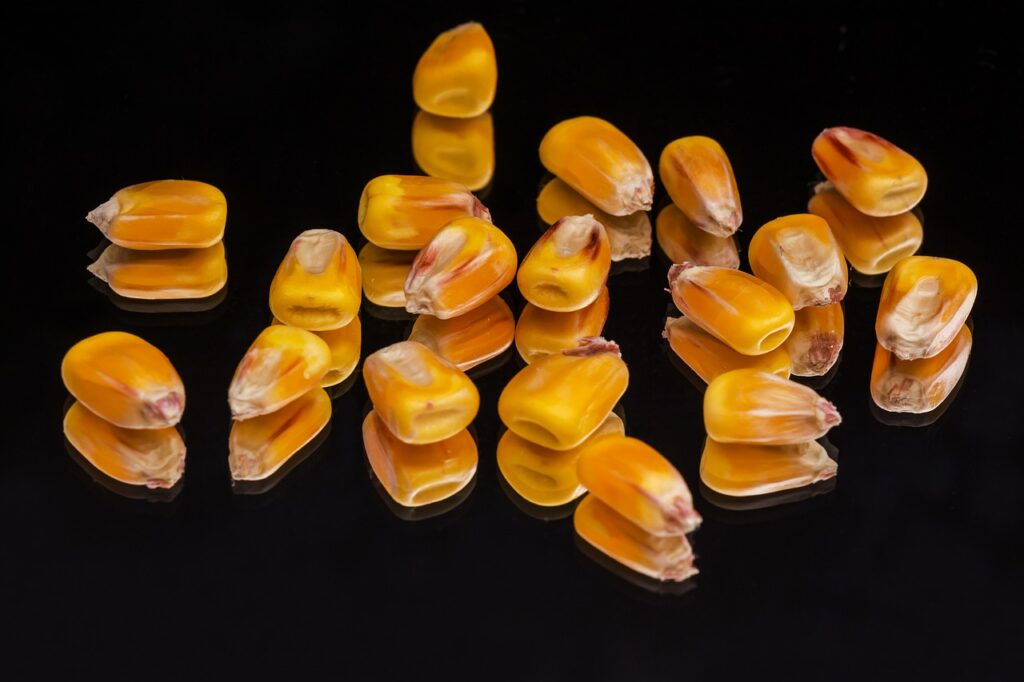
Start by considering the type of corn you want to grow. If you’re looking for sweet, tender kernels to eat fresh, opt for sweet corn seeds. For popping fun at home, go for popcorn seeds. If you need corn for grinding or baking, flour corn or dent corn (field corn) might be the right fit.
Next, think about your growing space and climate. Some varieties are bred to thrive in shorter growing seasons, while others need a longer, warmer summer to mature. Look for seeds labeled as “early-maturing” if you live in cooler regions or have a shorter growing season.
You’ll also need to decide between hybrid and heirloom corn seeds. Hybrid seeds are bred for higher yields and disease resistance, making them great for beginners. On the other hand, heirloom seeds are open-pollinated and often prized for their unique flavors and traditional qualities.
Finally, buy seeds from trusted suppliers to ensure quality. Look for fresh, untreated seeds that are suited for your region. By choosing the right corn seed, you set yourself up for a successful growing season and a delicious harvest. Start with the right seeds, and the rest will follow!
how to grow corn in container?

Did you know you can grow corn even if you don’t have a big garden? Learning how to grow corn in a container is a great way to enjoy fresh, homegrown corn, even in small spaces like balconies, patios, or terraces. With the right setup and care, your corn plants can thrive in pots!
To start, choose a large container—at least 12 inches deep and wide—to give the corn roots enough space to grow. Fill it with high-quality potting soil mixed with compost for extra nutrients. Since corn grows best in warm conditions, place your container in a spot that gets at least 6–8 hours of sunlight daily.
Plant 3–5 seeds in each container, spacing them a few inches apart. Water regularly to keep the soil evenly moist, as corn needs consistent hydration. Adding a slow-release fertilizer every few weeks will help your plants stay healthy.
Remember, corn relies on wind or hand pollination, so plant multiple containers or gently shake the stalks to encourage pollination. In a few months, you’ll have fresh ears of corn ready to harvest.
Growing corn in containers is a fun and practical way to enjoy this delicious crop, even in small spaces!
how to grow corn in garden?
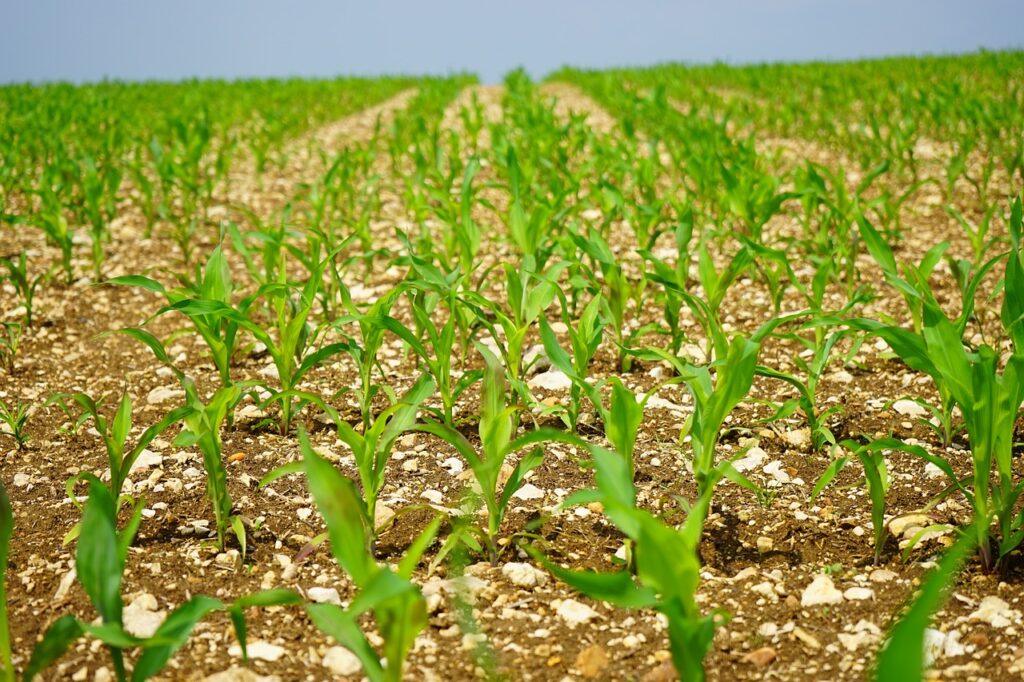
Learning how to grow corn in your garden is a rewarding experience that provides you with fresh, sweet, and delicious ears straight from your backyard. Corn is a warm-season crop that grows tall and adds beauty to your garden while giving you a tasty harvest.
To get started, choose a sunny spot in your garden that receives at least 6–8 hours of sunlight daily. Corn grows best in rich, well-drained soil, so prepare the ground by mixing in compost or organic matter to boost nutrients. Once the soil is ready, plant corn seeds directly in rows or blocks, spacing them about 12 inches apart. Planting in blocks helps with pollination, which is essential for healthy ears of corn.
Water your corn regularly to keep the soil evenly moist, especially during the early growing stages.
Add a layer of mulch around the base of the plants to retain moisture and control weeds. Fertilize every few weeks to encourage healthy growth.
As the plants grow, you’ll see silks form on the ears—this is a good sign that pollination is happening. In about 2–3 months, you’ll have fresh corn ready to enjoy! Growing corn in your garden is easy and a delicious way to make the most of your outdoor space.
how to grow corn seeds in garden?
If you’re wondering how to grow corn seeds in your garden, it’s easier than you might think! Starting from seeds is a great way to enjoy the full growing process and watch your corn plants thrive. With the right preparation and care, you’ll soon have fresh, sweet corn to harvest.
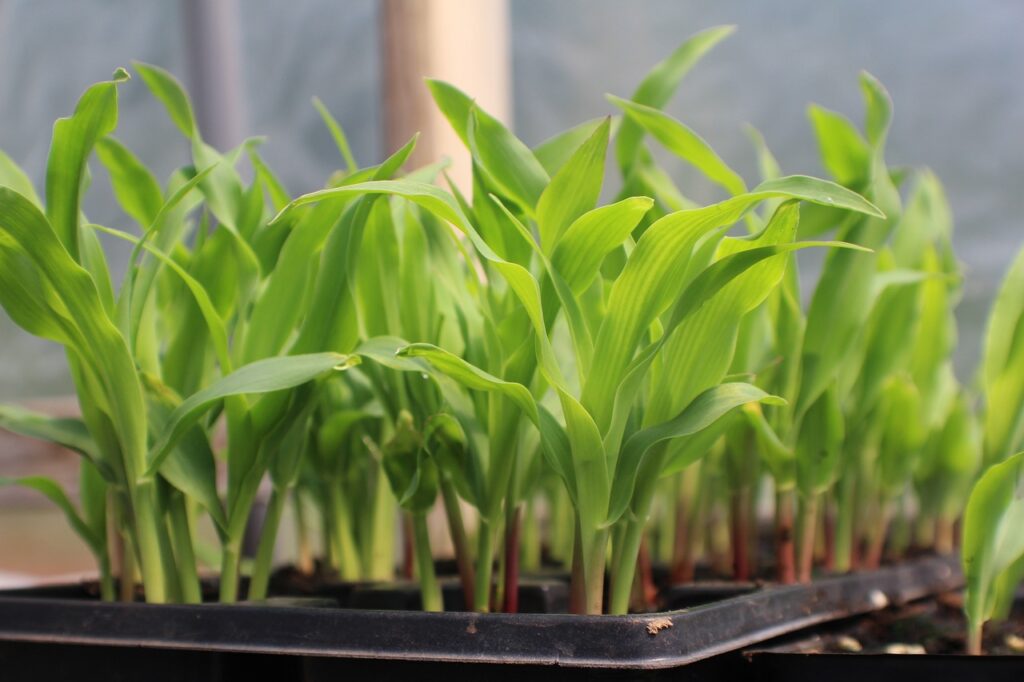
Begin by selecting a sunny spot in your garden, as corn needs at least 6–8 hours of sunlight daily. Prepare the soil by loosening it and mixing in compost or organic fertilizer to create nutrient-rich ground for your seeds. Wait until the soil is warm, ideally around 60°F (15°C), to ensure good germination.
Plant your corn seeds directly into the soil about 1–2 inches deep and 4–6 inches apart. Arrange them in blocks of rows, not just single rows, to promote proper pollination. Water the area thoroughly after planting and keep the soil evenly moist as the seeds begin to sprout.
As your corn grows, remove weeds and apply mulch to retain moisture. Fertilize every few weeks to support healthy growth. With consistent care, your corn plants will grow tall, and you’ll enjoy fresh, homegrown corn in just a few months. It’s a simple and satisfying gardening project!
how long does corn take to grow?

If you’re planning to learn how to grow corn, knowing how long it takes to grow is an important part of the process. The time it takes for corn to grow depends on the variety you choose, but most types of corn take about 60 to 100 days to fully mature from seed to harvest.
Sweet corn, the most common type grown in home gardens, usually takes 60–90 days to grow. Some faster-maturing varieties are ready in as little as 60 days, while others may need closer to 100 days. Corn grows best in warm weather, so it’s important to plant after the last frost and when the soil temperature is at least 60°F (15°C).
After planting your seeds, you’ll notice sprouts in about 7–10 days. Over the next few weeks, the stalks will grow taller, and tassels and ears will start to form. The ears are ready to harvest when the silks turn brown, and the kernels are plump and milky.
Patience is key when learning how to grow corn, but the reward of fresh, homegrown corn is worth the wait. With proper care, you’ll enjoy delicious, golden ears straight from your garden!
when is corn harvested?
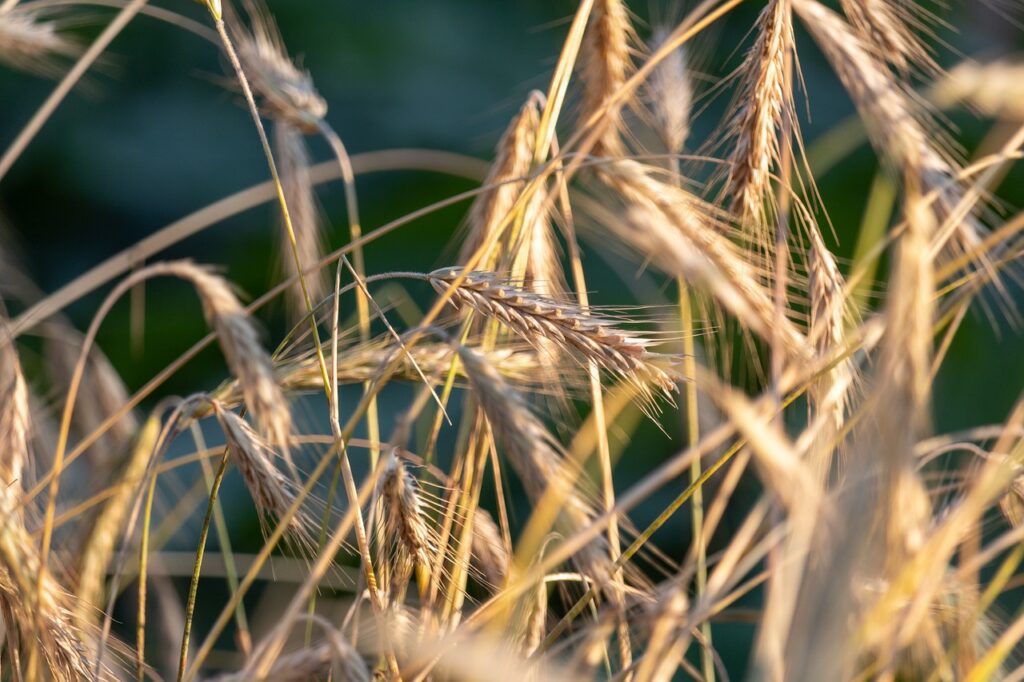
Knowing the right time to harvest is an essential part of learning how to grow corn. Harvesting at the right moment ensures you enjoy sweet, juicy, and flavorful ears. So, when is corn harvested? It all depends on the type of corn and how long it takes to mature, but most varieties are ready to harvest about 60–100 days after planting.
The best way to tell if corn is ready is by checking the ears. Look for brown, dried silks on the top of the ear—this is a sign that the corn has matured. Gently peel back a small section of the husk and press on a kernel with your fingernail. If a milky liquid comes out, your corn is ready to pick. If the liquid is clear or watery, give it a few more days to ripen.
Sweet corn is typically harvested in the morning when the sugars are at their peak. Once picked, it’s best to eat or preserve the corn right away, as its sweetness diminishes over time.
Learning how to grow corn includes understanding its harvest timing, and with a little practice, you’ll enjoy fresh, homegrown corn that’s perfectly ripe and delicious!
Conclusion
Growing corn is a rewarding experience that anyone can enjoy. Whether you have a big garden, a small yard, or even just a container, learning how to grow corn is easier than it seems. With a little preparation and care, you’ll be on your way to harvesting fresh, delicious ears of corn in no time.
The process starts with choosing the right spot, preparing healthy soil, and planting your seeds at the right time. From there, it’s all about consistency—watering regularly, providing nutrients, and watching your plants grow tall and strong. And let’s not forget the exciting moment when the silks turn brown, and you know it’s almost harvest time!
Corn is not just a tasty crop but a fun one to grow. It teaches patience, connects you to nature, and gives you the joy of eating something you nurtured with your own hands. Whether you’re growing sweet corn for summer barbecues or trying your hand at popcorn for family movie nights, the journey is worth it.
So, don’t hesitate—get started today. Follow these simple steps on how to grow corn, and soon you’ll be enjoying the fruits (or should we say ears) of your labor!
Frequently Asked Questions
Usually, one corn plant gives 1 or 2 cobs. Some types of corn can grow more, but 1-2 is most common.
To grow sweet corn, plant the seeds in warm, sunny soil, about 1 inch deep and 6 inches apart. Water regularly, keep the soil moist, and give it space to grow tall!
To grow corn in your backyard, plant seeds in a sunny spot with rich soil, spacing them about 6 inches apart. Water often, keep the soil moist, and watch your corn grow tall and healthy!
Corn usually takes 60 to 100 days to grow, depending on the type. Just give it sun, water, and care, and it’ll be ready to harvest in no time!
The best month to plant corn is when the soil is warm, usually April to June. Just wait until the last frost has passed, and you’re good to go!
Table of Contents
- How to grow corn?
- How to grow corn at home?
- Corn seed
- how to choose the best corn seed
- how to grow corn in container?
- how to grow corn in garden?
- how to grow corn seeds in garden?
- how long does corn take to grow?
- when is corn harvested?
- Conclusion
- Mona Lavender Plant: Complete Growing Guide for Beginners
- Alocasia Stingray Plant Guide: Tips for Healthy Growth
- Pink Lilly Flower: Growing and Caring for Pink Lillies

